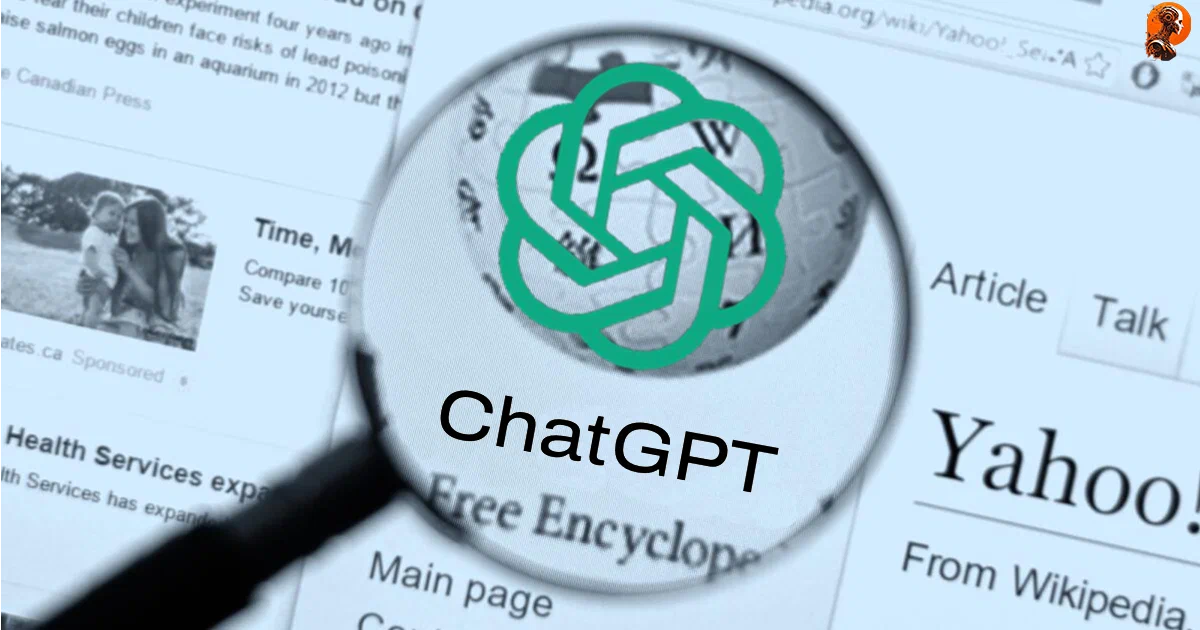
Artificial Intelligence (AI) has made tremendous strides in development in recent years. An impressive achievement is ChatGPT (Generative Pre-trained Transformer) — a series of AI models capable of generating texts that emulate human speech. Let’s look at the history of ChatGPT from its inception to its current state.
Development History
The development history of the modern version of ChatGPT consists of three stages:
- GPT-1: In 2018, OpenAI released the first version of the GPT model. GPT-1 was trained on significant amounts of textual data from the Internet and was able to generate relatively coherent texts but struggled with contextual tasks.
- GPT-2: In 2019, the more advanced GPT-2 model was launched, which was trained on an even larger text corpus. GPT-2 showed substantial improvements in text generation and context recognition. However, due to potential misuse, developers restricted access and did not release the neural network for widespread use.
- GPT-3: Introduced in 2020, GPT-3 is the most extensive and advanced version of ChatGPT. This model produces surprisingly high-quality and coherent texts, close to human level. It also demonstrates an improved understanding of context and the ability to answer complex questions.
- In the spring of 2023, the most powerful GPT-4 was released.
The evolution of ChatGPT, like other similar technologies, raises several ethical and societal issues:
- Disinformation. There is tremendous potential for creating and disseminating disinformation and fake news, which could completely undermine trust in online information.
- Bias. Machine learning models inherit bias contained in the original data. ChatGPT may repeat and amplify existing prejudices, discrimination, and inequality.
- Confidentiality. Confidential data are transmitted when interacting with the neural network, raising questions about protection and processing of personal information.
- Accountability. If the model makes important decisions or provides advice, the question arises as to who bears responsibility for possible consequences for individuals and society.
- Misuse. ChatGPT can be used to create spam, fraud, manipulation, or cyberbullying.
The developers acknowledge these problems and strive to minimize negative impacts. The company is working on developing safety measures, content filters, access control, and ensuring transparency in the use of the neural network.
Who Created ChatGPT?
ChatGPT was conceived by OpenAI — a research laboratory for artificial intelligence. The development history of ChatGPT is the story of a team of scientists and engineers who have worked with all versions, starting from the very first prototype, GPT-1. They have made significant contributions to AI research, reinforcement learning, and other deep learning methods.
What is OpenAI?
OpenAI (Open Artificial Intelligence) — an AI research laboratory, aims to create and develop advanced AI technologies in an open and accessible format. The laboratory’s leadership believes this will have a positive impact on society.
The primary goals and principles of OpenAI:
- To create AI that is safe and prevents potential negative consequences for society.
- To provide broad access to developments so they are beneficial for people and society.
- Active collaboration and joint development with other organizations and scientists.
OpenAI is a pioneer in developing cutting-edge deep learning models, such as ChatGPT. The company continues to work on research potentially important for various sectors and areas of application, including education, healthcare, business, and more.
OpenAI Projects
OpenAI engages in projects and research that can greatly influence education, healthcare, and business:
- ChatGPT — one of the main projects of OpenAI. It’s a deep learning model that engages in dialogue with users and creates various texts, emulating human speech.
- GPT-4 (Generative Pre-trained Transformer 4) — the latest version of the GPT model. It has tremendous capabilities and produces high-quality texts.
- The DALL-E project creates unique and creative images based on textual descriptions. The name is a nod to artist Salvador Dalí and the endearing robot WALL-E from the namesake animated film. In 2021, the neural network communicated exclusively in English; now, it “understands” 107 languages. Users enter a brief description, and after a while, they receive six thematic images.
- Robotics: OpenAI conducts research in robotics. Algorithms developed by the company allow robots to learn and make decisions based on their environment.
- The speech recognition system Whisper. The neural network not only transcribes audio in various languages but also translates the resulting text into English if necessary. Whisper was trained on a vast audio array collected online. The creators claim the system recognizes not just 99 languages but also various dialects. This is an undeniable breakthrough in working with text decryption. Getting the text of a just-concluded presentation has become easier than ever.
These are some of the projects by OpenAI. The company actively works in the field of artificial intelligence searching for useful and innovative solutions.
Conclusion
The development of ChatGPT models opens up great prospects. Increasing the speed and quality of generation makes texts informative and natural. Training AI on specific data sets will allow the creation of more expert answers in areas of specific knowledge, such as medicine, law, or finance. More precise responses, tailored to specific knowledge domains, will create new possibilities for the application of artificial intelligence in everyday life.
ChatGPT is an astonishing advancement in the field of artificial intelligence and human-machine interaction. From the early steps with GPT-1 to the current state with GPT-4, the series of models demonstrated an increase in the scope and quality of text generation. The accompanying ethical and societal issues require serious attention to ensure a safe and responsible use of ChatGPT in the future.
The neural network itself encourages us to be patient and clarify queries, not to lose critical thinking and to verify information, and finally, to enjoy the process!

